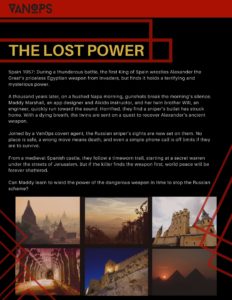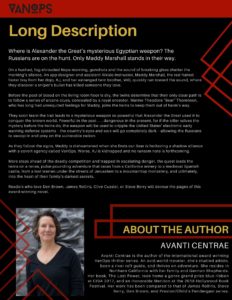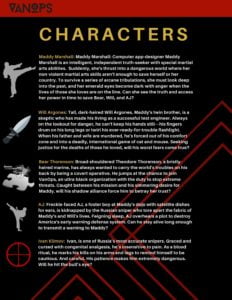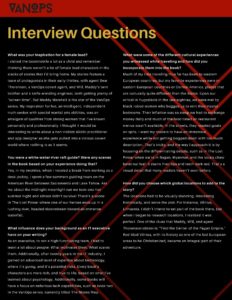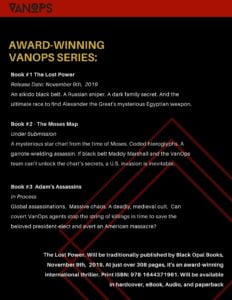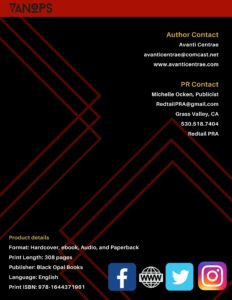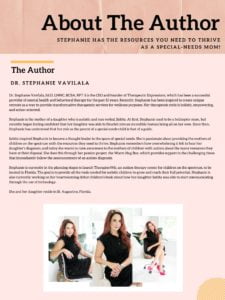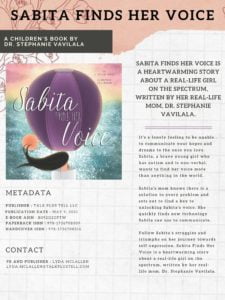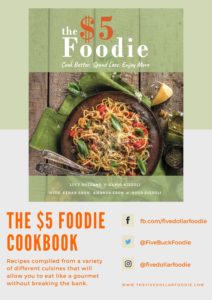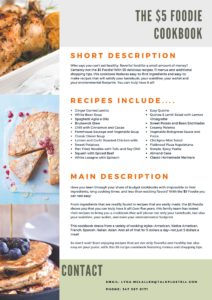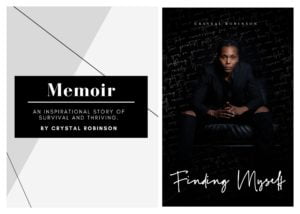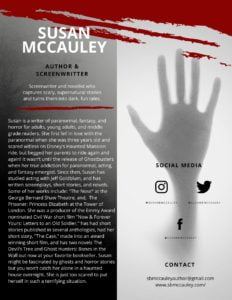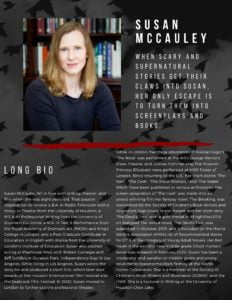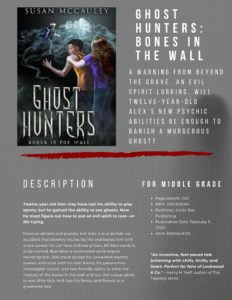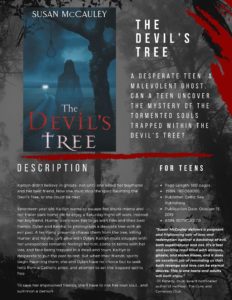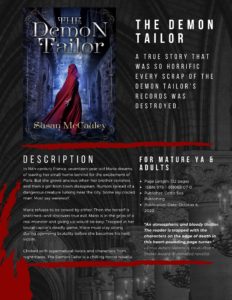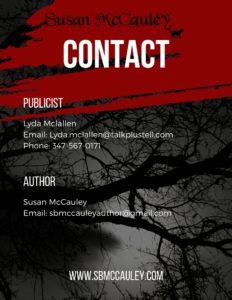Journalists are incredibly busy people. A journalist will sort through over 200 pitches during any given day while working on multiple deadlines and articles. So, if you want to get coverage, you need to make the journalist’s job as straightforward as possible. This means attaching an amazing author press kit with every pitch you send out. Never created one before? No worries, this article will show you how to create an amazing author press kit that the media will love.
First, What Is a Book Press Kit For Authors?
A book press kit for authors is a PDF online booklet that contains all of the information a journalist needs to know about you as the author and your book. The point of the press kit is to make the journalist’s job easier and catch their eye to interview you or write an article about your book. An author press kit is a one-stop-shop for all the information a journalist needs.
In the past, a press kit was usually printed on sleek paper. Now, thanks to the digital revolution, all press kits are in PDF format. The press kit can be downloaded from your website or attached to an email. An author press kit must be easy to understand and contain information that answers the media’s most general questions.

The Ultimate Guide to Creating an Author Press Kit
Ready to learn how to create an amazing author press kit? There are two main items that help authors get optimal media coverage. The first is having an amazing author press kit. The second is having a solid pitch that shares valuable information that the media wants to cover. An author press kit is an anchor for all book promotions. As you are networking and reaching out to the media, your press kit will help you crystalize what you have to say and what you need to talk about.
Ready to start? Follow this guide to learn how to create an amazing author press kit.

Where Does Your Author Press Kit Live?
Once your press kit is created, it will live as an attachment to your emails. It will also go on your website as a link to download. You want to add your press kit to your author’s website so you can point back to it. For example, as you talk with journalists or influencers who have an audience, you’ll refer them back to your press kit. Plus, if the media go to your website, they will first look for a press kit. So, you’ll want to make sure they can easily find it.
What to Include in Your Author Press Kit
Based on my 10-odd years of experience in book publicity, journalists and media outlets requesting an author press kit would like the following information:
- Three author bios
- Three book descriptions
- Contact information
- Book information
- Sample author Q&A
- Current book reviews, endorsements, and testimonials
- Quotes
- Author photos
- Book excerpt
Writing Your Short and Long Author Bios and Your Author Tagline for Your Press Kit.
Your author bios are essential parts of your author press kit. You need to get them right because you’ll refer to them repeatedly for all of your marketing initiatives.
What is an author bio?
When the media wants your biography, they are not looking for your life story. Instead, they want a brief explanation of who you are as an author, what you write about, and what makes you different, or what extra value you add. There are three types of bios you’ll want to include in your author press kit. The first is your author tagline, the second is a short bio, and the third is an extended bio.
Writing your author tagline.
Your author tagline is a short one-sentence bio that is focused and direct. Your tagline is the most targeted description of who you are as an author and shares only the essentials. Think of it as your elevator pitch.
The author tagline does not include any irrelevant or personal information. So don’t mention where you went to school or what pets you have, or where you live if it isn’t directly related to what you write about.
Here are 4 tips on creating an author tagline:
- Make your tagline simple and only focus on the main message you want to convey.
- Drill in your value and benefit.
- Keep the buzz words out. Words like “out of the box” or “game-changer” are overdone.
- Say no to cliches!
Writing your short author bio.
Your short author bio is between 50-100 words. This bio will go on your book, social media profile, Amazon book page, as well as in your author press kit.
The 50 to 100 words in this bio are still focused on relevant details about you as the author. Don’t share where you went to school, what your hobbies are, or that you have kids unless these items are relevant to your book or genre.
Writing your long author bio.
Your long author bio is between 150-250 words. So, in this bio, you have a bit more room for personal details. But remember, it is not an essay and still needs to be compact with only relevant information.
Here is a list of the main items to include in your author bios:
- Demonstrate your authority and credentials on your book subject
- Include things that build credibility or are interesting to your target reader
- Mention any other books you have written
- Keep it short and interesting
- Try and relate to your target reader
Each of your bios should relate to your target audience and demonstrate your authority and credibility with the reader. Everyone has a hard time writing about themselves (myself included!). Writing the author bio is often the most difficult part of the book marketing and publicity process. If you feel that something is missing in your bios, ask a few friends for feedback.

Writing Your 3 Book Descriptions
Your book cover and book description are what sells your book. People will reach for a book based on the cover and then buy the book if the description is enticing. For your author press kit, there are three types of book descriptions you need to include:
- The book’s tagline (25-50 words)
- The short book description (100-200 words)
- The long book description (200-300 words)
Your descriptions need to share the following:
- Hook: The hook is what will grab the reader and make them take notice
- Pain: Where you relate the pain, unsolved problem, or challenge in your book to your target reader.
- Pleasure: This is where you tell the reader what they will uncover in your book.
- Legitimacy: This simply lets the reader know why they should read your book.
- Open-loop format: This is where you add some mystery where you give the reader a glimpse into a secret your book will share.
When writing your book descriptions, you want to insert the reader into the story where they see a connection between themselves and the characters. When done right, this creates an emotional connection by describing how the book will make the potential reader feel after reading it.
Add Your Contact Information to Your Author Press Kit
You’ll want to make sure that your contact information is obvious and easy to find on your author press kit. Contact information includes links to websites, social media accounts, and email addresses. Here is a list of the contact information you’ll want to include in your press kit:
- Links to all your book’s social media channels
- Links to your author website
- Your book publicist’s contact information
- Your publisher’s contact information
- Your personal author contact information
Adding Your Book’s Information to Your Press Kit
You’ll want to include your book’s information or metadata on the first page of your press kit. This information should be the first thing a person sees when reviewing your press kit. Here is a list of items you should include:
- Cover Image
- Full title (and title of the series if applicable)
- Page count
- Genre
- Publisher (if published through an indie press)
- Publication date
- ISBN
- Available formats
- Links where you can buy the book
Including a Sample Author Q&A in Your Press Kit
Your author press kit should include a page with 6 to 10 pre-written questions along with your answers to them. Keep your answers 2 to 4 sentences long and straight to the point. The questions you want to add should be based on your target readership. For example, questions to include could be about your background, your inspiration for writing this book, why you chose to self-publish, future book projects, etc.
Adding Q&As to your press kit is super helpful for the media and for bloggers who want to feature your book, as it provides them with ready-made content.
Adding Current Book Reviews, Endorsements, and Testimonials to Your Author Press Kit
Reviews, endorsements, and testimonials about your book carry more credibility than what you say about your book yourself. Therefore, your press kit should contain a section that highlights reviews, endorsements, and testimonials your book has received. If you don’t have any to share yet – no worries! You can start gathering reviews, endorsements, and testimonials at any time and can add them to your press kit as you collect them.
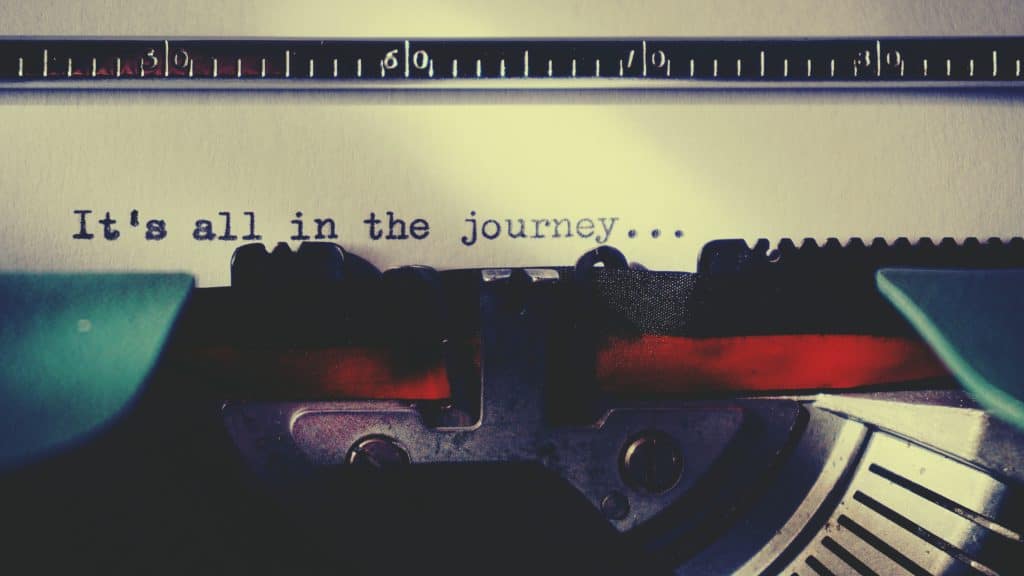
Including Quotes in Your Press Kit
You will also want to include quotes that are directly from your book and ones from you as the author. These are quick, bite-sized quotes that the media can share in a social media post or include in an article. Try to have 3 quotes from your book and create another 3 quotes from you as the author. Look for quotes from your book that can be understood by readers who haven’t read your book yet.

Including Author Photos
Love it or hate it, you need to include a few author photos in your press kit. Readers and the media will want to know what you look like and put a face to your writing. Your author photo will also be used in your book and on your social media platforms. You’ll want to use the same author photo for each item for branding purposes. It is important to keep your brand consistent so that people know they are in the right place.
Here are list of items to consider when getting your author photo taken:
- Don’t wear a hat
- Make sure your background is clean and straightforward
- Don’t use a photo taken at a party or on vacation
- Don’t hold any props
- Pay attention to lighting and make sure there is no shadow across your face
Remember, the media just wants a simple headshot.
Adding a Book Excerpt to Your Press Kit
Providing a sample or excerpt of your book is not required but can give the media a taste of what your writing is like. You can either add the full book excerpt to the end of your press kit or you can provide a link to it. I find most authors publish the first chapter of their book on their website and then provide a link to that webpage on their press kit.
The benefit of sharing a book excerpt with the media is that it helps them generate ideas about how to interview you or ideas on how to write about you. In some cases, the media may also just publish the excerpt on their website or publication, providing you with online visibility.
Conclusion: How To Create An Amazing Author Press Kit
Journalists, bloggers, influencers, and the media who are requesting your press kit just want the information in it to help them write about you and your book. Once your author press kit is finished, it is time to make it available on your website and add it as an attachment to all emails you are sending to the media.
Need help creating your author press kit? Feel free to contact me for a free consultation. I have created hundreds of author press kits and would love to help you create yours, as well.



